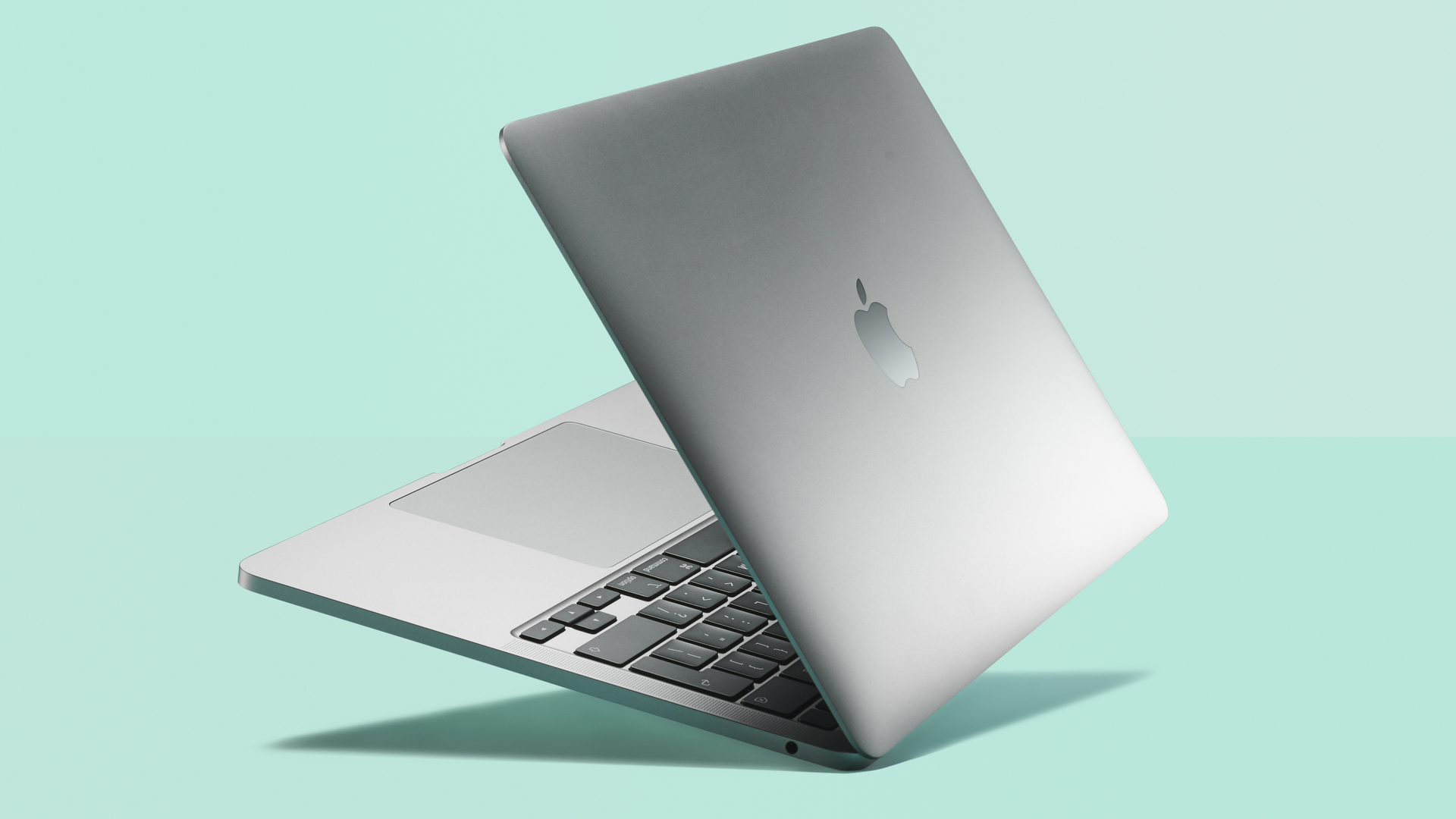New MacBook Pro set for October reveal, and could rival the PS5 for graphics power
The new-look MacBook Pro is said to be on-track to launch in the next few weeks, with an M1X processor that's more powerful than we imagined


A new report from Bloomberg reporter and serial Apple-plan-revealer Mark Gurman (via Tom's Guide) says that we're still on course for an Apple Event in October, and that the fabled new 14-inch and 16-inch MacBook Pros will be unveiled there.
The thing that really caught my eye, though, is just how powerful the 'M1X' (or whatever it ends up being called) chip inside it will be, according to Gurman (whose info corroborates previous reports). Because theoretically, this thing could be truly, truly ridiculous.
First up is that apparently all versions will offer a 10-core processor, which isn't much of a surprise. It's said to feature eight high-performance cores and two low-power efficiency cores, which should give it a significant boost over the M1 chip in the MacBook Air (M1, 2020) and MacBook Pro 13-inch (M1, 2020). The regular M1 featured eight course, but with four high-power and four efficiency cores.
Would it be nice if Apple threw in a 12-core version? Sure, for some pros. Is it really necessary? Not really. This setup will already outperform anything else on the market by a huge margin, I'll bet.
The M1X's graphics is the really juicy side of things, though. Whereas the original M1 had a maximum of 8 GPU cores, the M1X is said to offer 16 or 32. And remember, GPU power scales up pretty linearly, so double the cores can mean just about double the power, assuming you give it enough resources to achieve that.
The original M1 offered 2.6 TFLOPS of GPU power (FP32, for those who want to know), which means we could be looking at 5 TFLOPS from the 16-core version in the M1X. That's basically what the most powerful GPU you can get in the current 16-inch MacBook Pro (2019) provides – the one you have to spend hundreds more on in a special custom configuration. But here, it sounds like that might just be the basic model, and would presumably be priced that way.
But maybe you've already seen where we're going next. If that's the simpler 16-core version, what the hell is the 32-core version going to be capable of? Well, it's double the power again, so we're talking perhaps 10 TFLOPS, or in that region. That's what you get from the PlayStation 5.
Get all the latest news, reviews, deals and buying guides on gorgeous tech, home and active products from the T3 experts
Now, there are lots of caveats here. Calculating TFLOPS between different GPU architectures can give you misleading numbers. And the M1X won't actually be able to put out PS5 levels of graphics, because the PS5's GPU includes gaming-focused features such as hardware ray-tracing support, and games are designed to take advantage of its power in a way that they aren't on Mac.
But the impressive part is that it's even remotely a conversation we can have. The PS5 is the size of a small dog, and is hotter than one that's just been for a run in a sauna. The MacBook Pro will be half an inch thick and will feature just a few slim fans.
Obviously, we're not expecting to crown the MacBook Pro as our new best gaming laptop any time soon, but this kind of computing power on both the CPU and GPU end will really put the 'pro' in it, in a way that no other company is coming close to right now.

Matt is T3's former AV and Smart Home Editor (UK), master of all things audiovisual, overseeing our TV, speakers and headphones coverage. He also covered smart home products and large appliances, as well as our toys and games articles. He's can explain both what Dolby Vision IQ is and why the Lego you're building doesn't fit together the way the instructions say, so is truly invaluable. Matt has worked for tech publications for over 10 years, in print and online, including running T3's print magazine and launching its most recent redesign. He's also contributed to a huge number of tech and gaming titles over the years. Say hello if you see him roaming the halls at CES, IFA or Toy Fair. Matt now works for our sister title TechRadar.